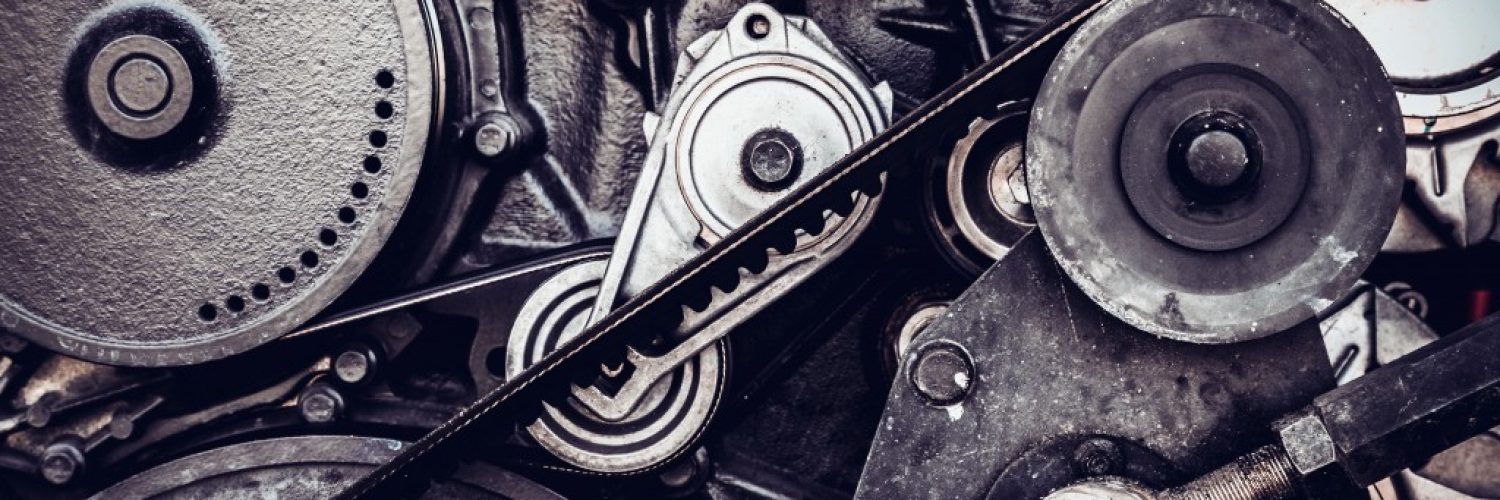If you’re like and you enjoy going through the Waukesha engine parts catalog, or you love watching those giant derricks in oilfields for hours on end just marveling at the machinery, then you’ve probably thought to yourself “Wow, we can’t build machines bigger than these!”
But you’d be wrong: in this article, we take a look at three of the world’s biggest machines. And by big, we mean massive. These industrial giants border on the comically-large, but they’re actual, real-life things that are still currently in use today!
The Bagger 293 Giant Bucket-Wheel Excavator
Bucket-wheel excavators are a type of machine used in surface mining. It’s a continuous digging machine mainly used in open-mine operations and is also used to remove overburden.
In general, bucket-wheel excavators are massive machines. Still, the German-built Bagger 293 (along with its equally massive family of Bagger machines) decided to one-up everyone and become the largest terrestrial vehicle in the world, clocking in at an enormous 31.3 million pounds (no, that’s not a typo) and can displace a mind-boggling 437 million pounds of earth in a single day (again, not a typo).
The F60 Overburden Conveyor Bridge
Conveyor bridges are a type of machine used in strip-mining to remove ‘overburden’ –loose earth, rocks, and other materials that lay on top of the viable mining resource. Conveyor bridges are large in and of themselves, but the F60 kicks it up a notch: it’s the largest movable technical industrial machines in the entire world, sitting at 260 feet tall and a whopping 1,647 feet long.
Built in Germany back in 1969, there are only 5 F60 Conveyor Bridges in the world, all of them located in Germany. It is still used by German companies in the Lusatian oilfields, with one of them (the one in Lichterfeld-Schacksdorf) being accessible to tourists and other engineering enthusiasts.

The NASA Crawler-Transporter
The NASA Crawler-Transporters, also known as Missile Crawler Transport Facilities, are tracked vehicles that the space agency uses to move their spacecraft from the Vehicle Assembly Building to Launch Complex 39.
Think of it as gigantic pick-up trucks, but instead of keggers, these things were originally designed to carry the massive Saturn rockets during the Skylab and Apollo-Soyuz missions. From ’81 until it was retired in 2011, the Space Shuttles also took a piggy-back ride on the Crawler-Transporter. It has a curb weight of 6 million pounds and requires more than 30 engineers, drivers, and other technicians to drive it down the Crawlerway.
The Schwerer-Gustav
In the late 1930s, historical villain and all-around jerk Adolf Hitler wanted a big gun to fulfill his power fantasies (you know what they say about guys with big guns: small…). He got it in the form of the Schwerer-Gustav, a comically-large mobile artillery piece and the world’s largest-caliber rifled weapon. The SG was deployed in the Siege of Sevastopol from June 5 to June 17 of 1942, where it fired 48 shells in total.
It took 4,000 soldiers and five weeks to get it from the assembly line down to Russia, and it took over 500 men to operate it. Thankfully, it was destroyed in 1945 following the defeat of the Nazis.

